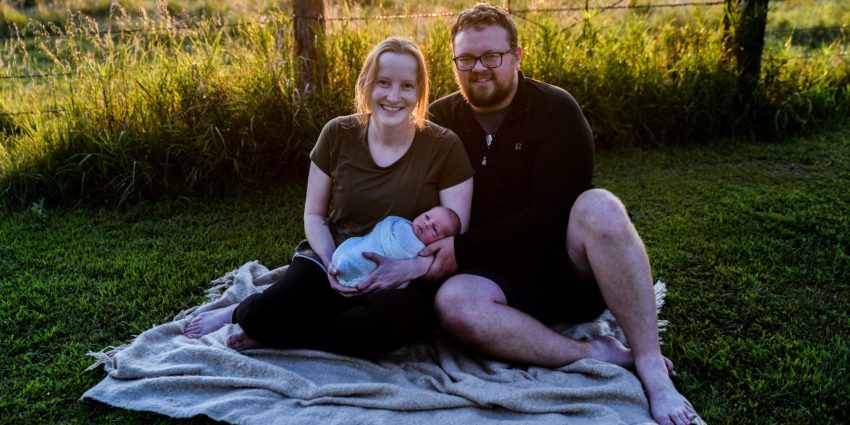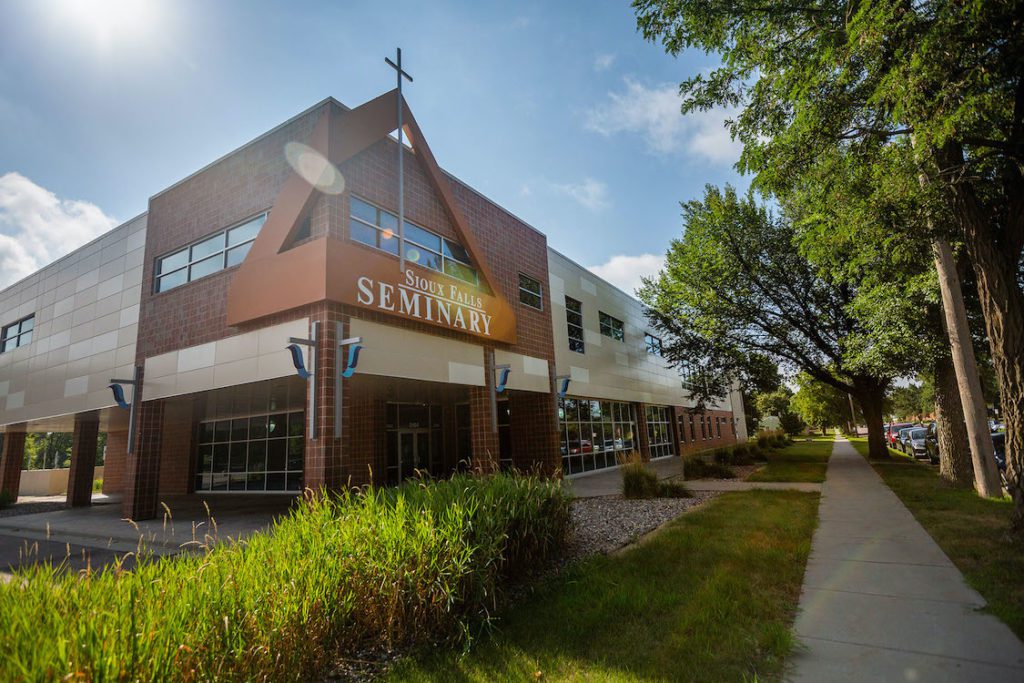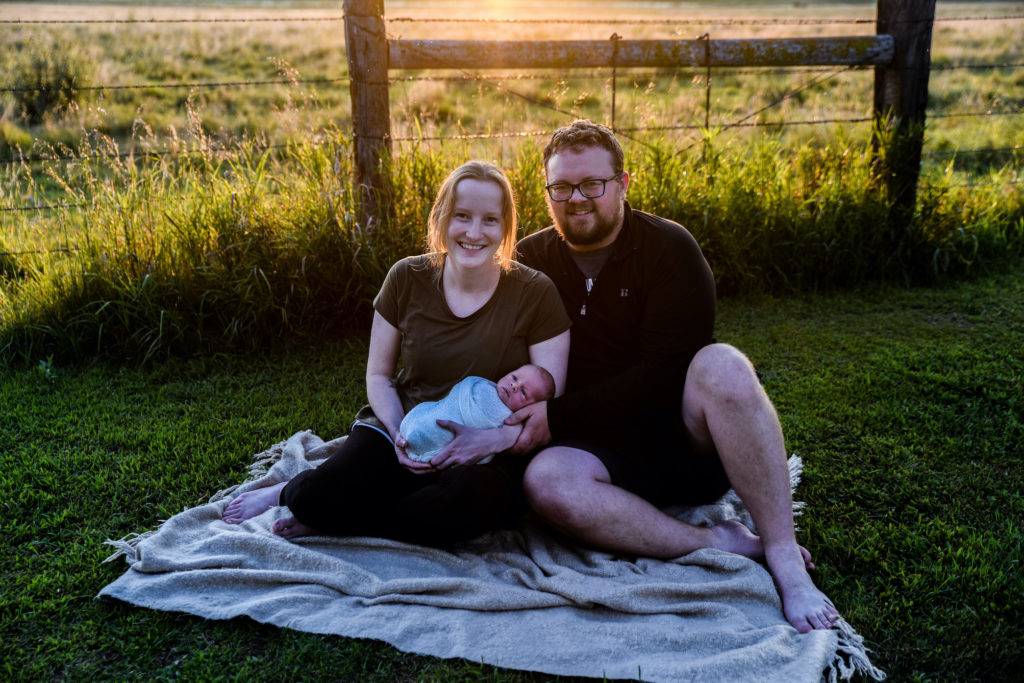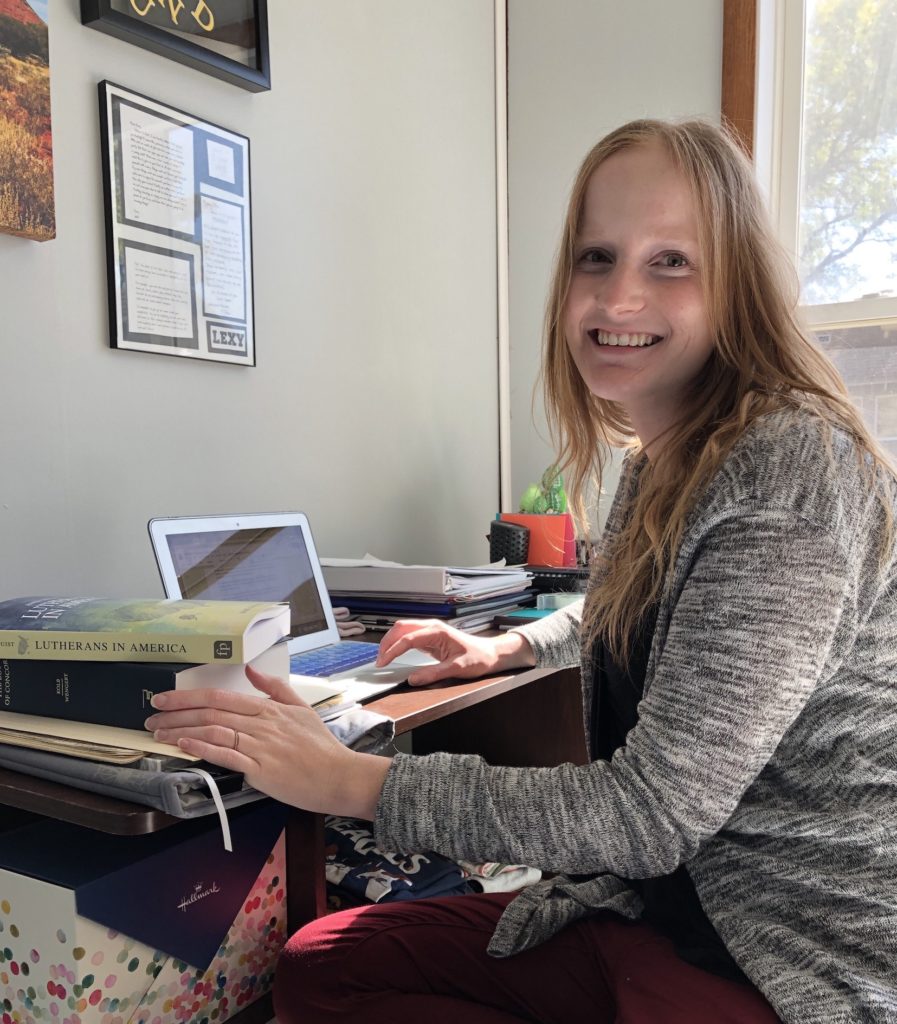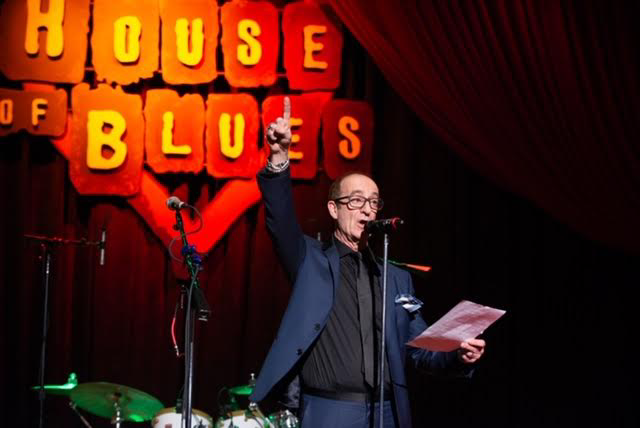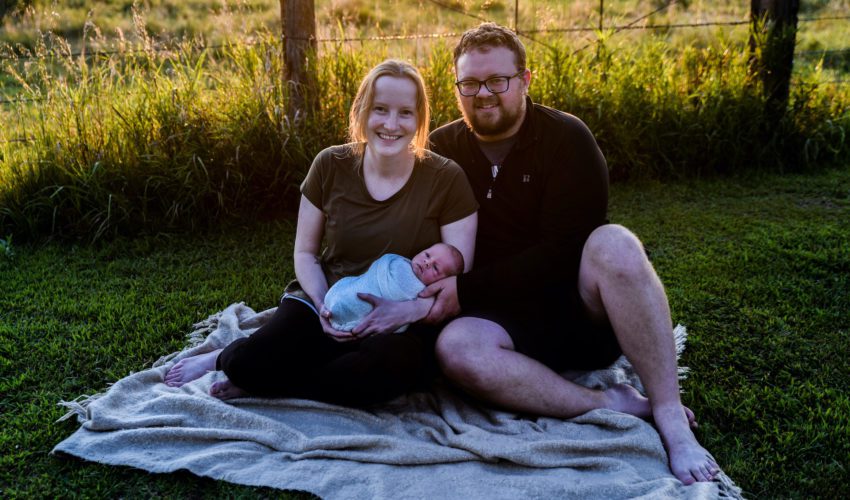A graduate degree with no student debt? It’s the norm for this program
Oct. 22, 2020
This paid piece is sponsored by Sioux Falls Seminary.
Something had to change.
Raising tuition for another consecutive year wasn’t an option.
“We were doing what every school does – raise tuition 3 to 5 percent a year – but those increases were simply being added onto the loans students were already taking to finance their education,” said Nate Helling, chief financial officer and vice president of operations.
“We were surviving on the backs of our students. It was a significant issue. We had to put our students above ourselves. And that is where it all started.”
After 2012, Sioux Falls Seminary froze tuition. But that was only part of the solution.
“When we talk about affordability in higher education, it’s not just about lowering tuition,” Helling continued. “It has to do with delivering a high-quality education at a price our students can afford. It requires a willingness to change everything.”
That’s why nearly every aspect of the seminary’s operations changed to make the cost that it takes to educate each student more affordable.
When Sioux Falls Seminary changed its model – now centered around its Kairos network of seminaries worldwide and a subscription-based approach of $300 a month – the financial results, both for the school and for the students, were profound.
The seminary itself went from running a deficit to operating in the black. Enrollment, stagnant or declining for years, is flourishing. But at an individual level, the changes might be most powerful. Most students end up paying about $10,800 over the course of a degree program — at $300 per month — stopping and starting their education as needed.
Five years ago, 40 percent of students went into debt to attend the seminary – and “before that, it would have been a lot more,” Helling said.
Today, only 2 percent need to take out loans for seminary.
The total amount borrowed has gone down 95 percent in the past six years.
“It’s pretty common in our industry for students to graduate with $50,000 or more in debt only to serve in roles that pay less than that. And for minority groups, the data is even worse,” Helling said.
“Borrowing is a significant problem, and we’ve nearly eliminated it. At $300 per month, students fit their tuition into their monthly budget. We can confidently tell them it’s going to stay $300 a month four years from now, unless we can do it for less. That helps with their planning significantly.”
For students such as Tanisha Robinson, that feels like nothing less than divine intervention.
“They said it’s $300 a month, and I’m like, what? It was just God answering my prayers. God is able to do the impossible and perform more abundantly than we ever think,” said Robinson, who began Kairos from Alabama this summer.
“You mean I can come out of seminary with no debt? It’s just amazing.”
Robinson, a mother of two who is working full time as a mammographer while she studies for her Master of Divinity degree, believes she can fit that payment into her household budget.
“I believe I can,” she said. “Of course, $300 a month isn’t necessarily a small amount, but in comparison to coming out with $50,000 in debt, it’s a blessing. God has allowed me to pay for this every month so far, and I’m going to continue to pay it.”
She hopes to become a hospital chaplain and believes she was led to find out about Kairos when searching online after praying to find a path to ministry.
“A few of the things that delayed me going to school was how much time it would require and the idea of school debt. I just decided to trust God, and I came across Kairos,” Robinson said.
“I’m really excited about the Kairos Project, including how I have three individuals pouring into me as mentors. It’s a blessing. This whole Kairos Project is a blessing. We need to come out equipped to do the work of God, and that’s what it’s all about.”
Because of the program’s approachable financial model, students also are finding help from family, churches and other benefactors in covering the cost, Helling said.
“What happened in the past is a student would go to family or their church and say, ‘Here’s my $10,000 semester bill, can you help?’ And they would give a little,” he said. “Now, at $300 per month, or $3,600 per year, families and churches are realizing they can be more generous and really make a difference. Even helping students with $100 per month is significant, but we’re seeing organizations write a check for the year.”
That has been the case for Jesse Carson and Lexy Johnson, a husband and wife in Oldham in east-central South Dakota who are both Master of Divinity students. Carson, who had always wanted to become a pastor, began the program in 2015 and received his degree this spring, while Johnson started the program in 2017 while working as a director of faith formation and expects to complete her program in about a year.
The approach “made it doable, essentially having the flexibility to do it from wherever you’re at,” she said. “I’ve moved in between, we got married and started our family, so it’s been flexible with us.”
They both received scholarships after their first year, which helped substantially, Carson added.
In fact, Carson and Johnson came out of seminary in a better financial position than when they started, something unheard of in the industry of graduate education.
In a more traditional model, “we’d be drowning now,” he added. “We were able to make payments on our undergraduate debt when we started seminary, which is out of this world. The way it’s set up financially has really allowed us to live a normal life while going to seminary. I’ve been making car payments all through seminary. We both worked full time with salaries and benefits, and there aren’t many seminaries where you’d be able to do that.”
They’ve enjoyed both their professors and the connections they’ve made with classmates worldwide, they said.
“I think there are a lot of classmates of ours who would not be going into seminary if the financial setup was different,” Carson said. “There are a lot of people in our situation. They’re young, just got done with college, and the idea of seminary with $70,000 to $100,000 in debt would not have been feasible for us or a lot of our classmates. But the way it’s set up here is very doable.”
Once word gets out, students typically reach out to Sioux Falls Seminary and the Kairos network on their own without prompting, Helling added.
“We’re in a time when students are beginning to consider how the value and outcome of their education compares to cost and time invested. This is new for an industry that’s typically benefited from cultural narratives and specific industries that have equated degrees with success. With Kairos, students can invest in their education without going further into debt,” he said.
“In the past, I’ve had people in my office in tears when we start talking about the financial realities of student debt; it’s a painful thing. Now, students have tears of joy when we talk about what’s possible.”
To learn more about Kairos, click here.
From Sioux Falls to a global network, partners create unparalleled personalized learning

